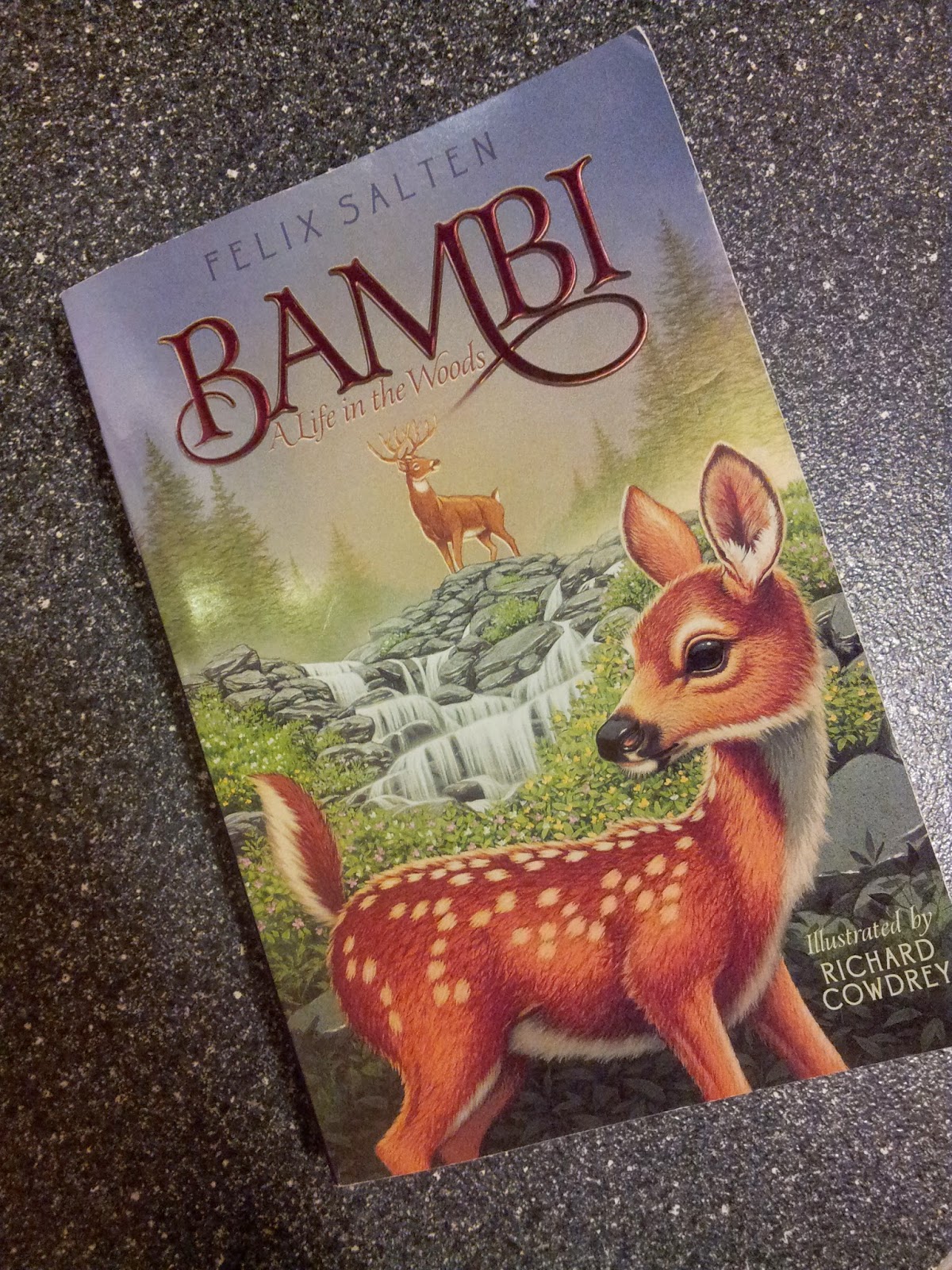Robert Fagles
Few
literary terrains are more treacherous than translation. Add to that translating an ancient text into
a modern idiom (much like translating Martian into contemporary English), and
you get an idea of the challenges involved.
Two of
the cornerstone texts of the Western tradition are both the Iliad and The Odyssey, attributed to the Greek poet Homer. Both were epic poems
meant for recitation – in the largely oral tradition of the Greeks, bards and
poets would recite this remarkable narrative from memory, milking the dramatic moments
for all their worth. (Well … parts of it
from memory, as it would take some eight hours to read aloud.) The Iliad deals with the Achaean attack upon
the city Troy over the abduction of the beautiful Helen. Troy is defended by
the king, Priam, and his sons, Hector and Paris (who romanced Helen away from her home).
However,
the overarching narrative of war is secondary to the story of Achilles, the
greatest of Achaean warriors. He stays
at the shore for most of the action, nursing an ego bruised by his Achaean
comrades. He refuses to intercede in the
fighting, though his near-superhuman abilities would easily turn the tide. The great mystery of Achilles is that he is a
superman in all things but emotional stability, having all the sensitivity of a
six year old girl.
Also involved
are the gods and goddesses, particularly Zeus
and Hera, who play with the
warring factions much like heartless children pulling the wings from flies.
The epic
is written on a very high note – every book within it needs not only a stirring
inner-voice, but an inner soundtrack of every Wagnerian finale. With the Iliad, too much could never be enough.
Some 20
years ago, both The Iliad and Odyssey were translated anew by scholar and poet Robert Fagles (1933-2008) to great
critical acclaim. A professor at
Princeton University, Fagles understood the necessity for narrative drive and rhythm,
and he had a deep and profound understanding of the differences between the ancient
world and today.
As one
who grew up on the Alexander Pope
translation of the Iliad (and the T.E.
Lawrence version of The Odyssey), I had thought another translation superfluous. It was only when a copy of the Fagles Iliad
fell across my desk weeks ago that I realized how much I had missed. Here is how Fagles opens the epic:
Rage -- Goddess, sing the rage of
Peleus' son Achilles,
murderous, doomed, that cost the
Achaeans countless losses,
hurling down to the House of Death
so many sturdy souls,
great fighters' souls, but made
their bodies carrion
feasts for the dogs and birds,
and the will of Zeus was moving
toward its end.
Begin, Muse, when the two first
broke and clashed,
Agamemnon lord of men and brilliant
Achilles.
Fagles
takes a (literally) heroic epic and makes it full-blooded once again. Perhaps too full-blooded, as Fagles seems to
relish the copious amounts of gore and grue to be found in Homer. Here’s a good example:
Lycon,
flailing,
chopped the horn of Peneleos'
horsehair-crested helmet
but round the socket the sword-blade
smashed to bits --
just as Peneleos hacked his neck
below the ear
and the blade sank clean through,
nothing held
but a flap of skin, the head swung
loose to the side
as Lycon slumped down to the
ground...
Or this:
Idomeneus skewered Erymas straight
through the mouth,
the merciless brazen spearpoint
raking through,
up under the brain to split his
glistening skull --
teeth shattered out, both eyes
brimmed to the lids
with a gush of blood and both
nostrils spurting,
mouth gaping, blowing convulsive
sprays of blood
and death's dark clouds closed down
around his corpse.
Horrible
stuff – but much more effective when read aloud. And while rereading Fagles’ Iliad, I read
much of it aloud, finding the rhythm to the words and a better understanding the
bardic tradition. As Fagles said in an
interview for the Paris Review: As I
read Homer, he’s a remarkable combination of the timeless, immortal phrase, and
of the timely, too, and he’s meant to be heard, not read. “Homer makes us
Hearers”—in Pope’s fine formulation—“and Virgil leaves us Readers.” The Iliad
is more than half dialogue, direct discourse; the Odyssey more than two-thirds.
Both are very dramatic poems, in other words, filled with many voices. It’s as
if Homer were a ventriloquist, projecting his voice into the voices of dozens
of people living within his poems. That’s one of the most important things to
capture—if you can—the dramatic sense that he conveys. Whole books (Books Nine
and Twenty-four of the Iliad, Nineteen and Twenty-three of the Odyssey, the
reunion of the king and queen) could be lifted out of the text and placed
directly on a stage. They’re plays waiting to be performed.
And yet …
and yet --- I found something profoundly disturbing during the 10 days or so I immersed
myself in Homer’s world. The heroic
walked hand-in-hand with the merely brutal; the sublime often culminated in the
petty and parochial; and, worse still, the universe seemed indifferent in equal
measure to human achievement and suffering, with nothing at the end but the
black void of death.
We like
to think that, in the thousands of years since the creation of this poem that
mankind has made tremendous strides, and indeed, we have in science, technology
and our understanding of the world.
However, the inherent cruelty of the human heart remains a mystery as
deep today as it was to Homer. Why do we
crave and recoil from war in equal measure?
Why do we pray to a god (or gods) who make sport of us? And, in the end, what does all the toil, the
pain, and, also, the triumph mean? In answering such questions, we are no further along than Homer.








